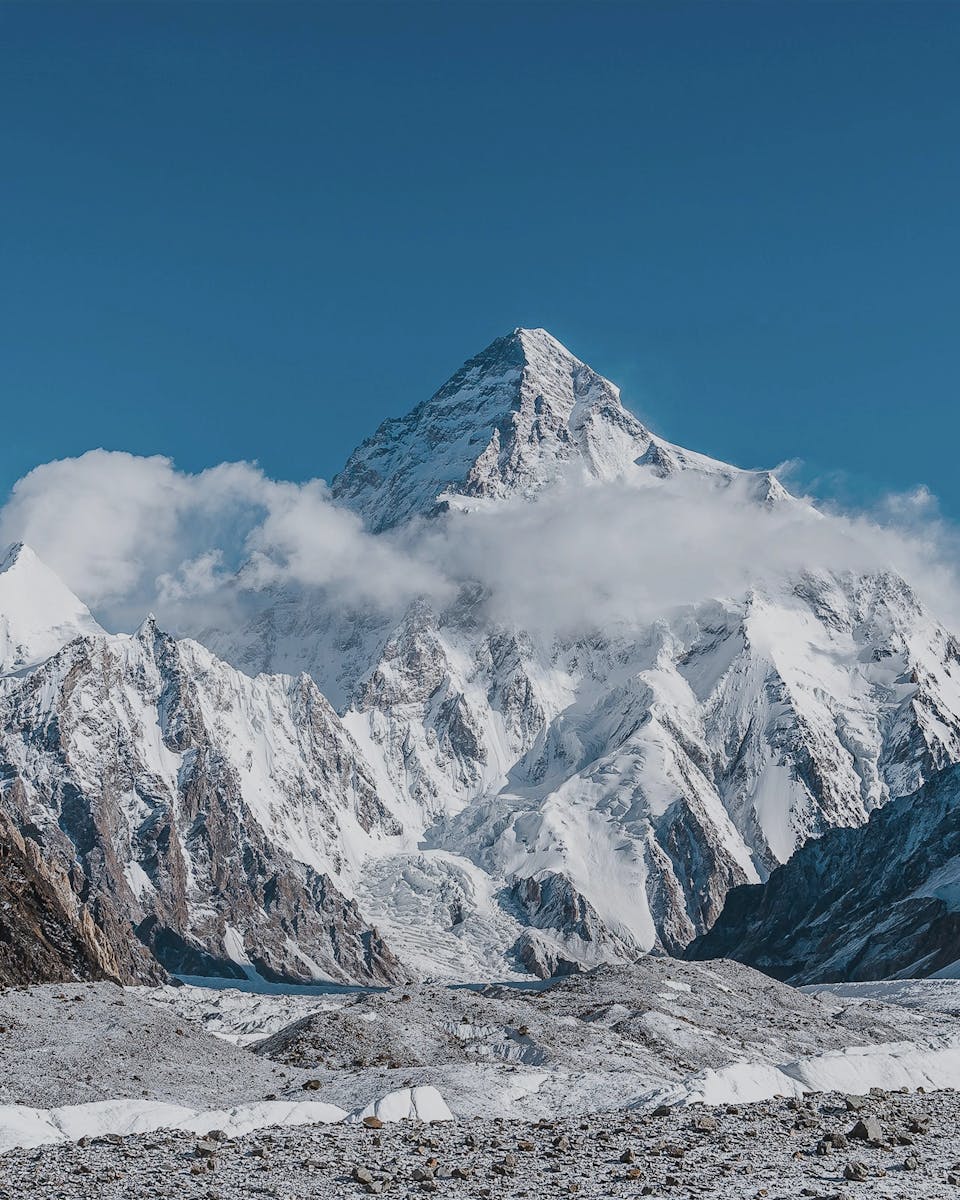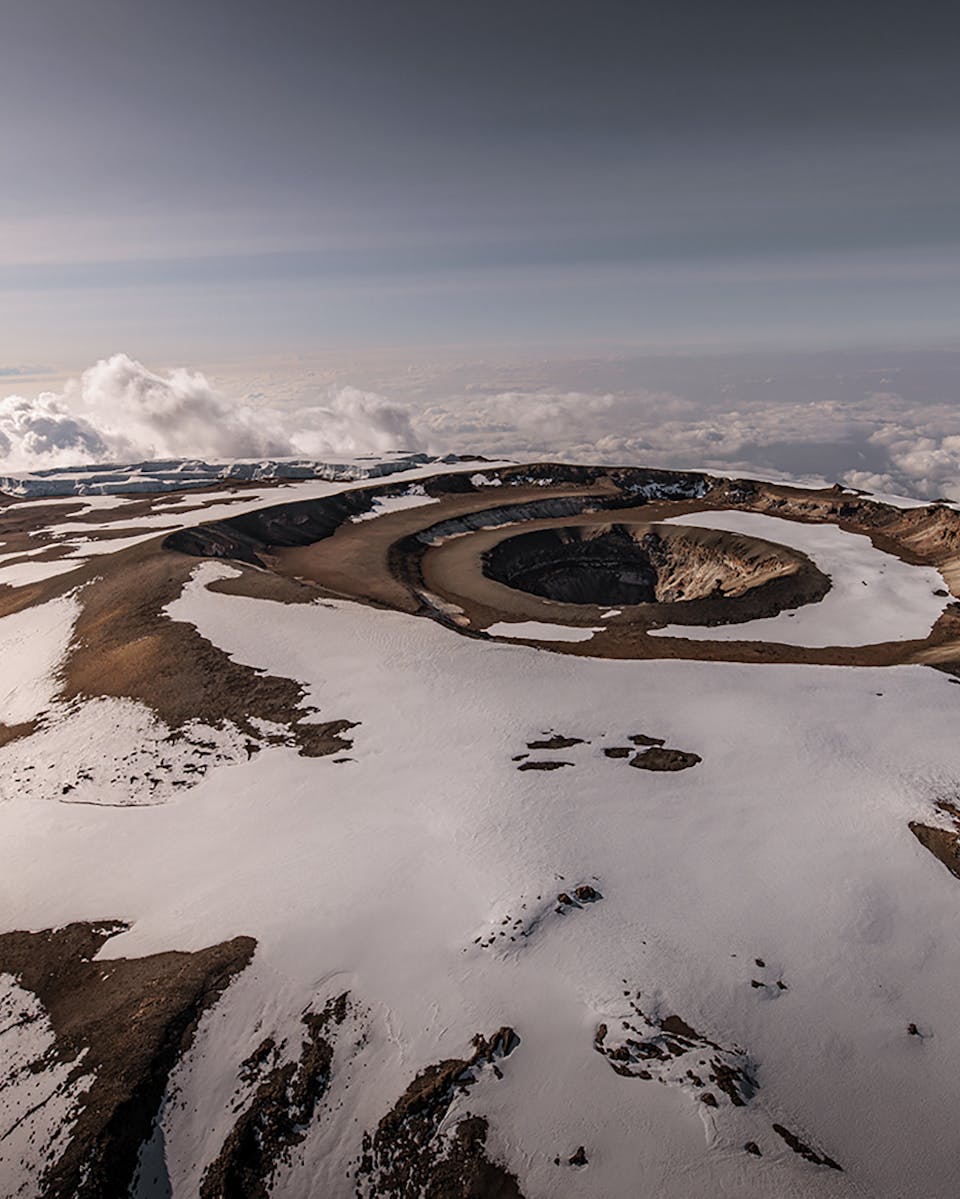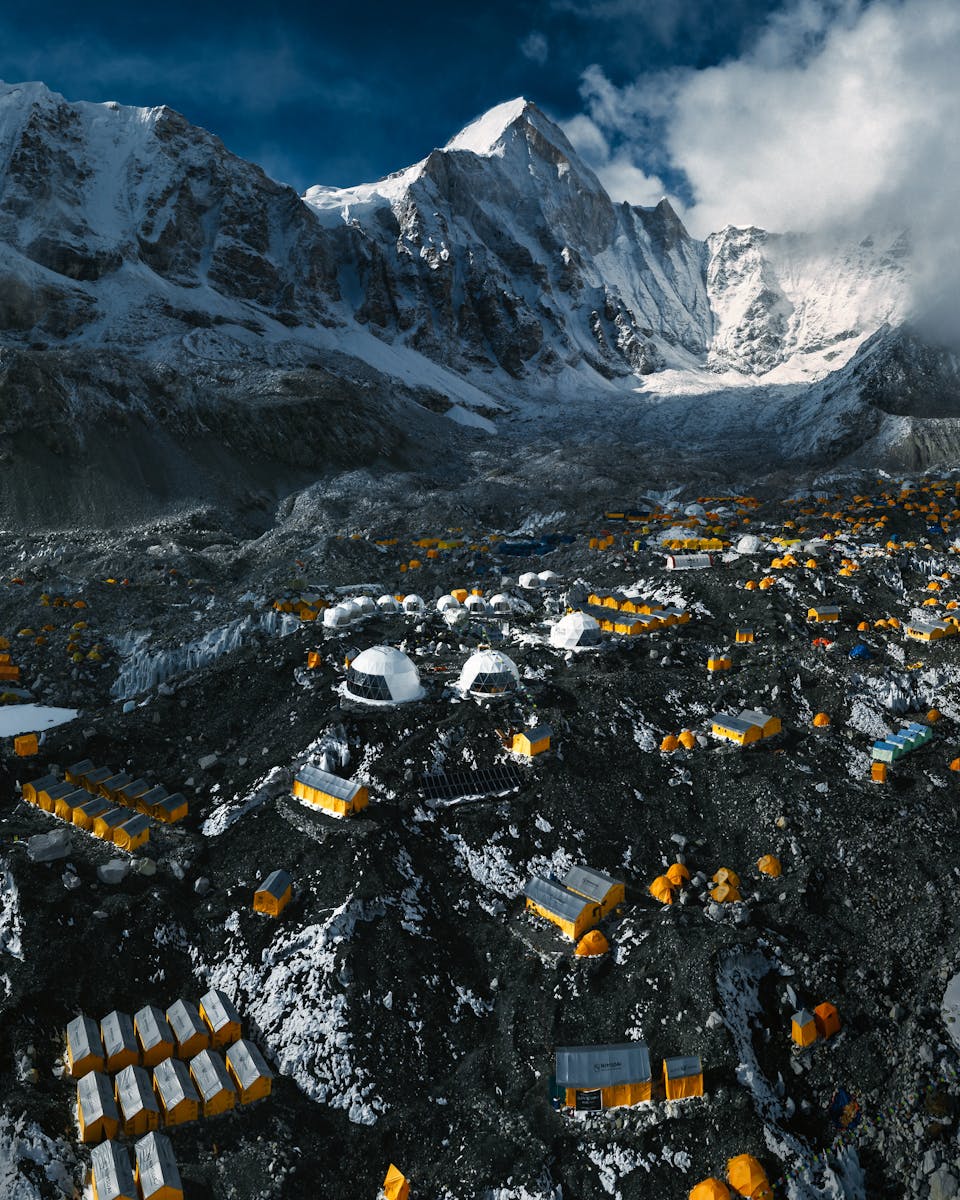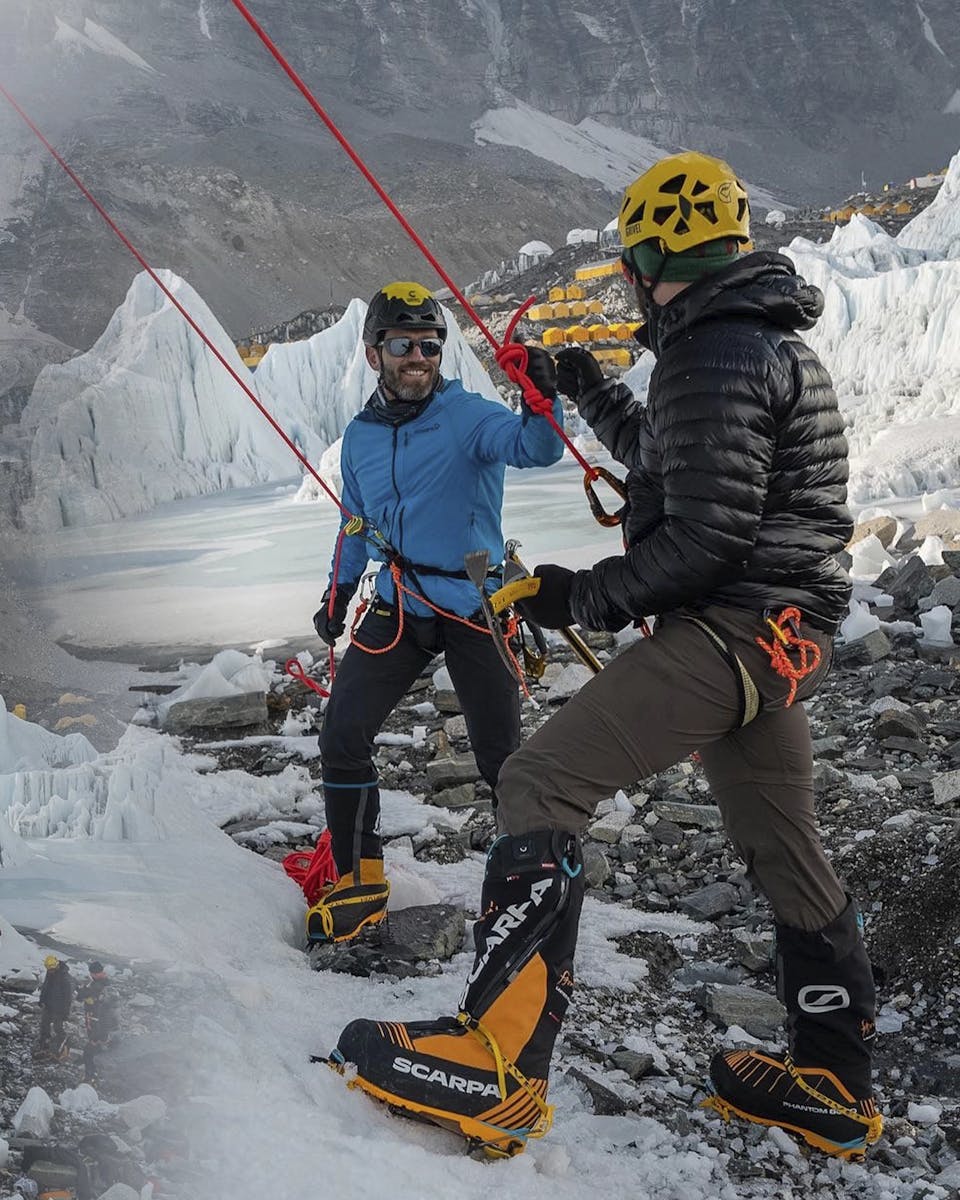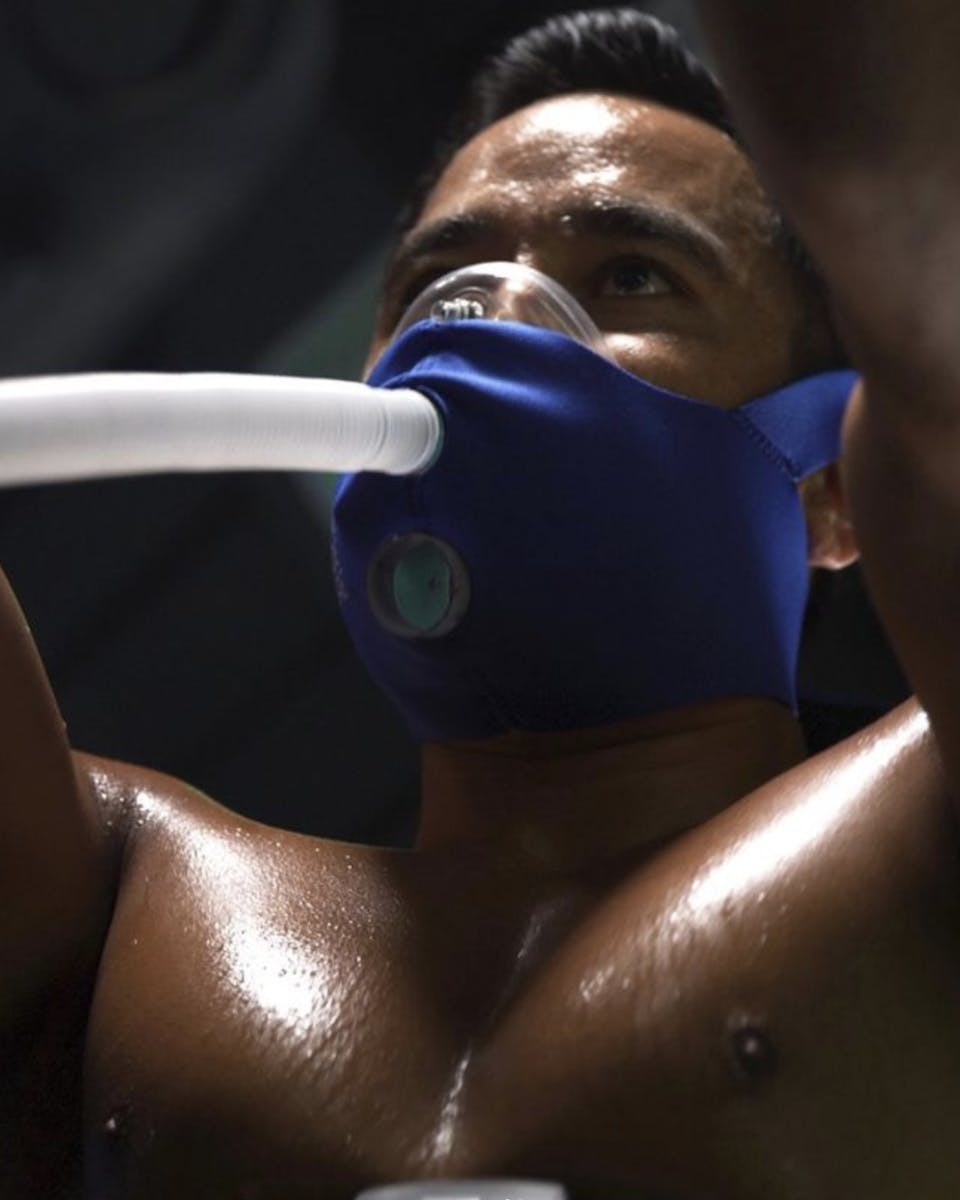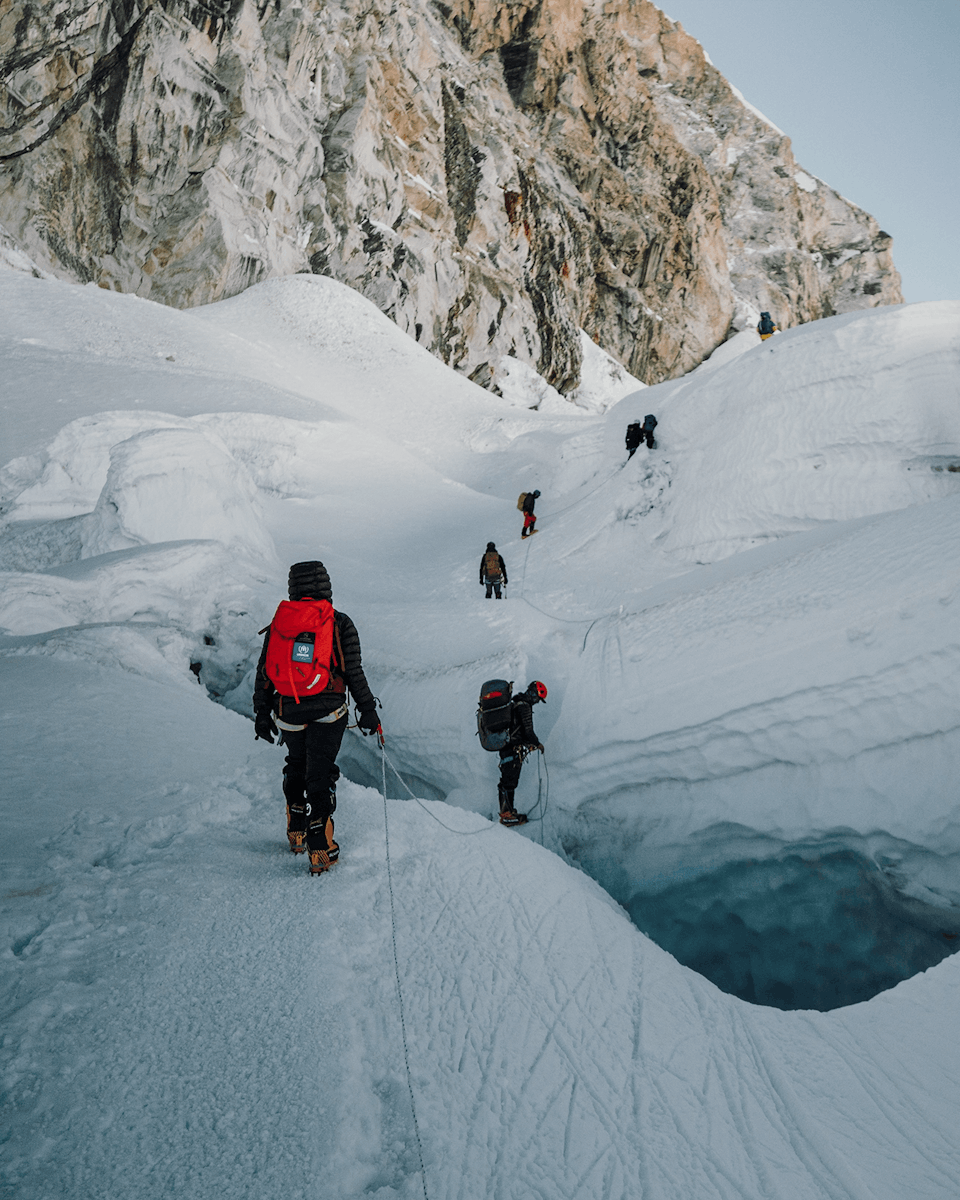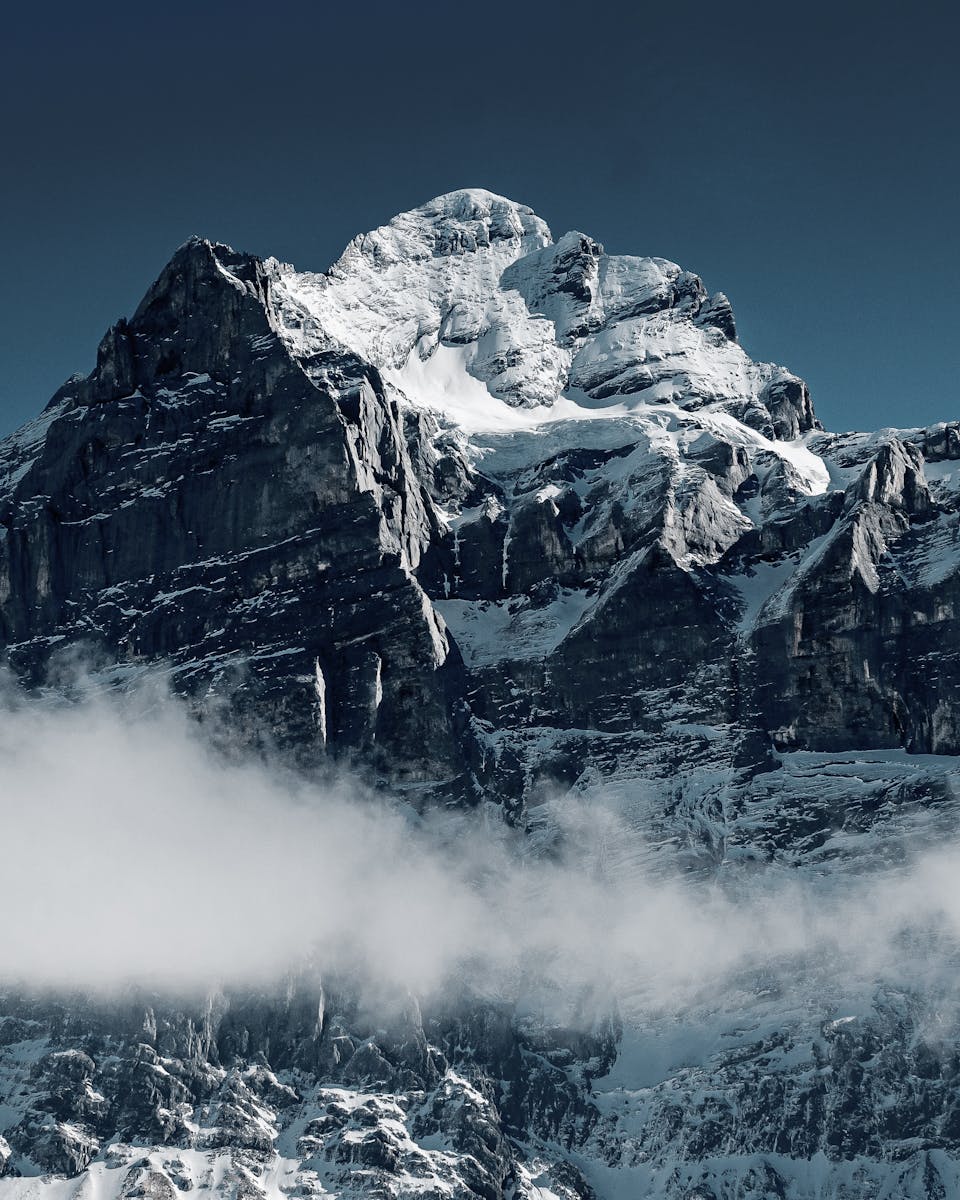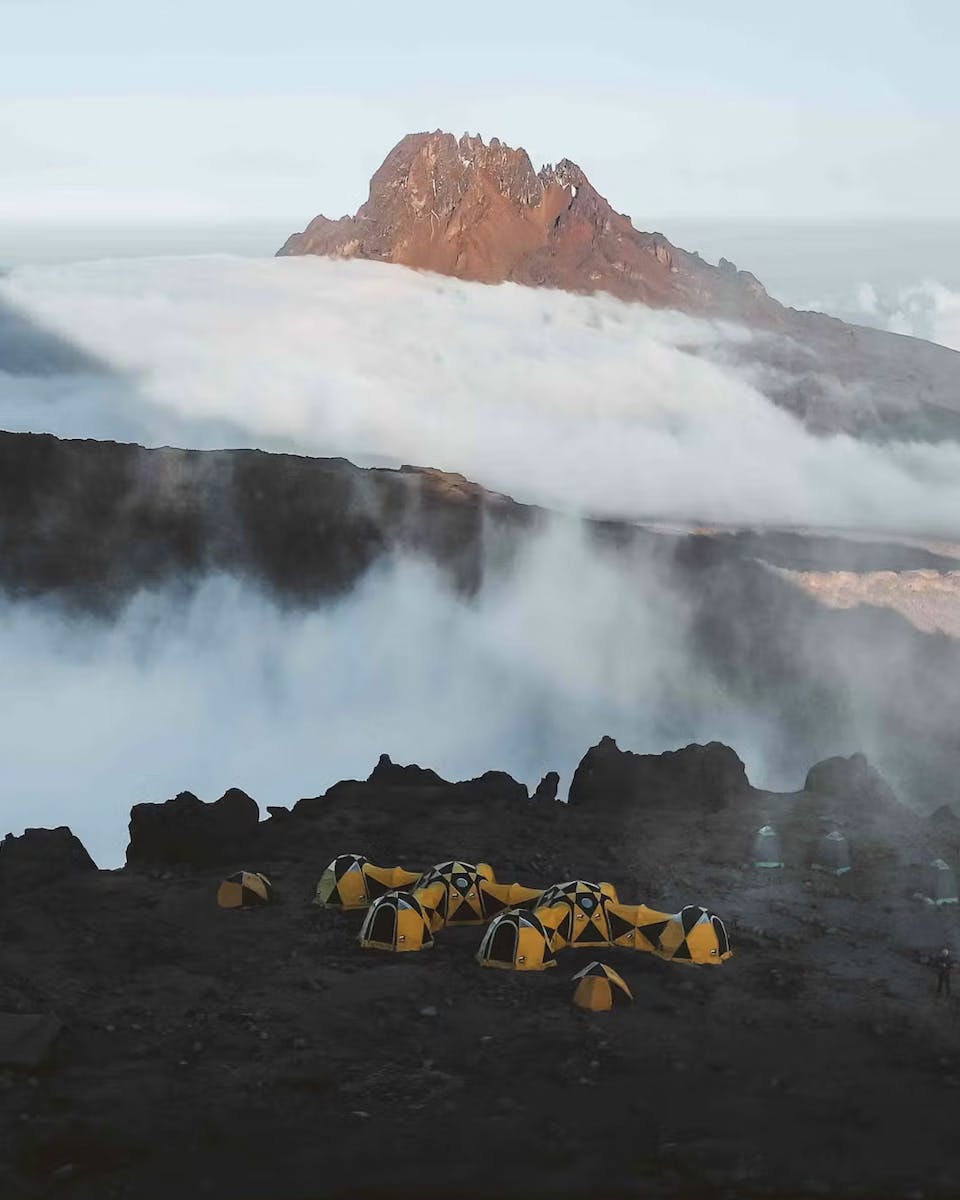Reaching Everest Base Camp
The first challenge to overcome is reaching Base Camp. Although this journey is classed as a trek rather than a climb, you will encounter steep hills that should not be underestimated. A good level of stamina and general fitness are crucial for this moderately challenging journey.
Everest Base Camp is located on the Khumbu Glacier at an altitude of 5,600 meters (which is reached over 9 days). Gradual acclimatization is essential for this journey, allowing your body to adjust to decreasing oxygen levels at high altitudes. The incalculable nature of the weather can unleash rain, strong winds, and snow storms, so it’s important to stick with an experienced guide to make your trek as comfortable and safe as possible.
From Base Camp to Summit
At the time of writing, only around 6,700 people have reached Mount Everest’s summit successfully. Many hopefuls have been hindered due to factors such as ice movements, decreasing oxygen levels, weather conditions, terrains, avalanches, and physical fitness levels.
Altitude sickness becomes increasingly likely as the climb begins, making it important to slowly acclimatize and bring supplementary oxygen. Once 8,000m is reached, you enter an area named the “death zone” where symptoms of altitude sickness can become fatal.
The weather conditions become exponentially more difficult and harsh as you climb Everest, with extreme temperatures and strong storms increasing with elevation. Without the correct gear, it is possible to suffer from sunburn, hypothermia, and frostbite. This severe weather can trigger avalanches and icefall, meaning that technical climbing skills, the correct attire, the most suitable route, and caution are vital.
Physical and Mental Preparation
Conquering Everest requires meticulous physical and mental preparation to ensure your body is ready for the climb. While developing endurance and cardiovascular strength through activities like running, hiking, and weight lifting are crucial, it’s also indispensable to participate in pre-acclimatization training.
Partaking in activities such as weighted hikes simulates thinner air and trains the body to adapt more efficiently to higher altitudes. This reduces the chances of developing and severity of altitude sickness, and also allows you to understand your individual response to the conditions.
It is important to remember that climbing Everest is not solely a physical endeavor, but a mental one too. To reach the summit, mental toughness is crucial; not only to navigate the environment, but to overcome the potential psychological challenges you will face.
Developing your mental resilience can be done through visualization and meditation exercises, which help you manage any anxiety, fear and stress that you may be met with during your expedition. It is also important to prepare for the psychological impact of high altitude. Nurturing your teamwork skills is highly encouraged before your climb as your safety and success depend on collaboration.
Educating yourself is also necessary, particularly when it comes to understanding and mastering basic mountaineering skills. Learning to use ice axes, crampons, ropes, and crevasse rescue techniques will ensure your journey is as smooth as possible and you become more resilient & self-reliant. Becoming familiarized with specialized equipment (such as communication devices, boots, clothing, gear, and oxygen systems)will ensure more pleasant and safe journey.
Success Rates and Safety
To enhance your safety and increase your chance of success, it’s important to choose the right guides.To enhance your safety and increase your chance of success, it’s crucial to choose the right guides and team. Our unmatched summit success record at Elite Exped is evidence of our dedication to meeting objectives while placing safety as our top priority. While it's great when everything runs well, having a team with top-notch safety measures and specialists really helps when challenges arise. Our greatest asset is our lightning-fast response time when faced with a problem. At Elite Exped, our industry-leading summit success rate speaks volumes about our commitment to achieving goals and prioritizing safety. We have partnered with The Altitude Center as well as providing our own mountaineering training, giving you the best possible training before your climb.
Choosing a reputable company like Elite Exped is crucial. We empower individuals, not just lead expeditions. Our elite guides work with you to develop your skills and confidence. While the summit is the ultimate goal, the true reward lies in the personal growth and profound respect for the mountain's power you gain along the way. Join us, and let us guide you towards your own personal Everest.


